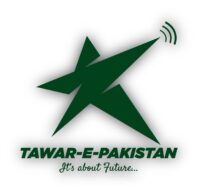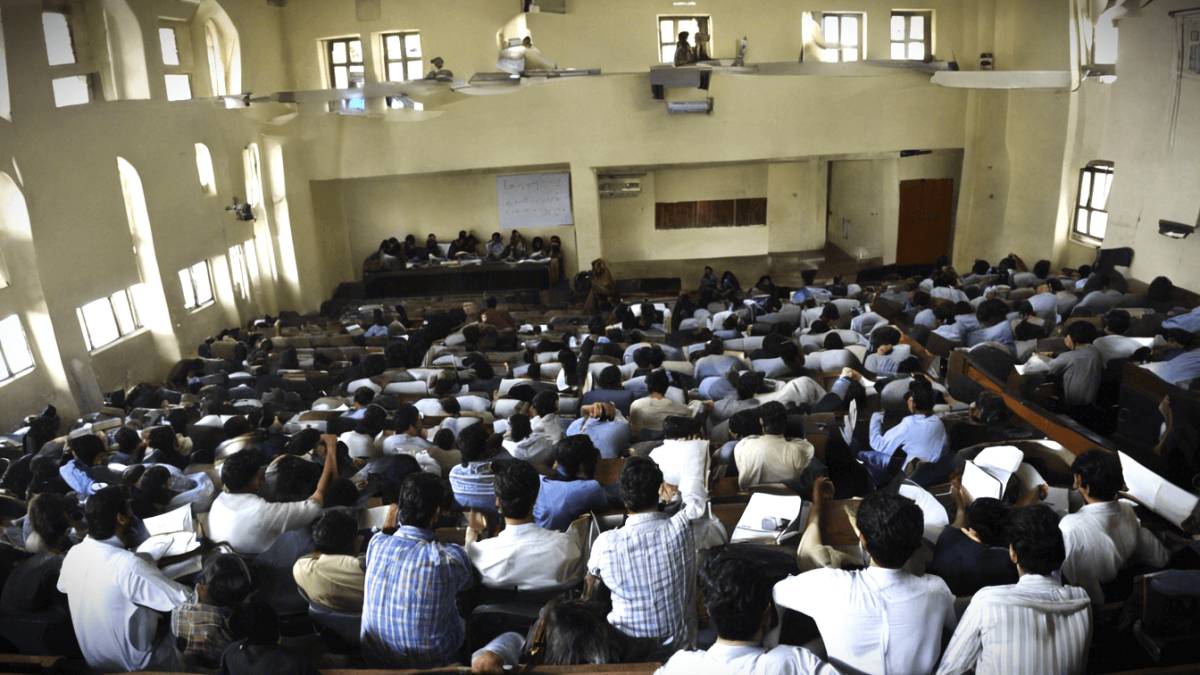As of 2024, Pakistan proficiency rate stands at roughly 60%, with critical incongruities between urban and provincial zones, and between orientations. Whereas there has been advance in expanding enrollment rates, especially at the essential level, dropout rates stay tall. Agreeing to later information, about 22.8 million children are out of school, making Pakistan one of the nations with the most noteworthy number of out-of-school children globally.
The establishments of Pakistan’s instruction framework were laid amid the British colonial period. The colonial instruction approach basically centered on creating a constrained number of taught people to serve within the colonial organization, which resulted in critical territorial and sexual orientation incongruities. Post-independence, Pakistan acquired these basic issues and has since battled to form an comprehensive and even handed instruction system.
Latest updates
I am an experienced content writer with a passion for crafting engaging and impactful content across various platforms. Skilled in audience research, storytelling, and SEO optimization. I am proficient in creating clear, concise, and compelling copy that resonates with readers. Strong ability to adapt tone and style to suit diverse audiences and brand voices. Dedicated to delivering high- quality content that drives results and enhances brand visibility.


Comments are closed, but trackbacks and pingbacks are open.